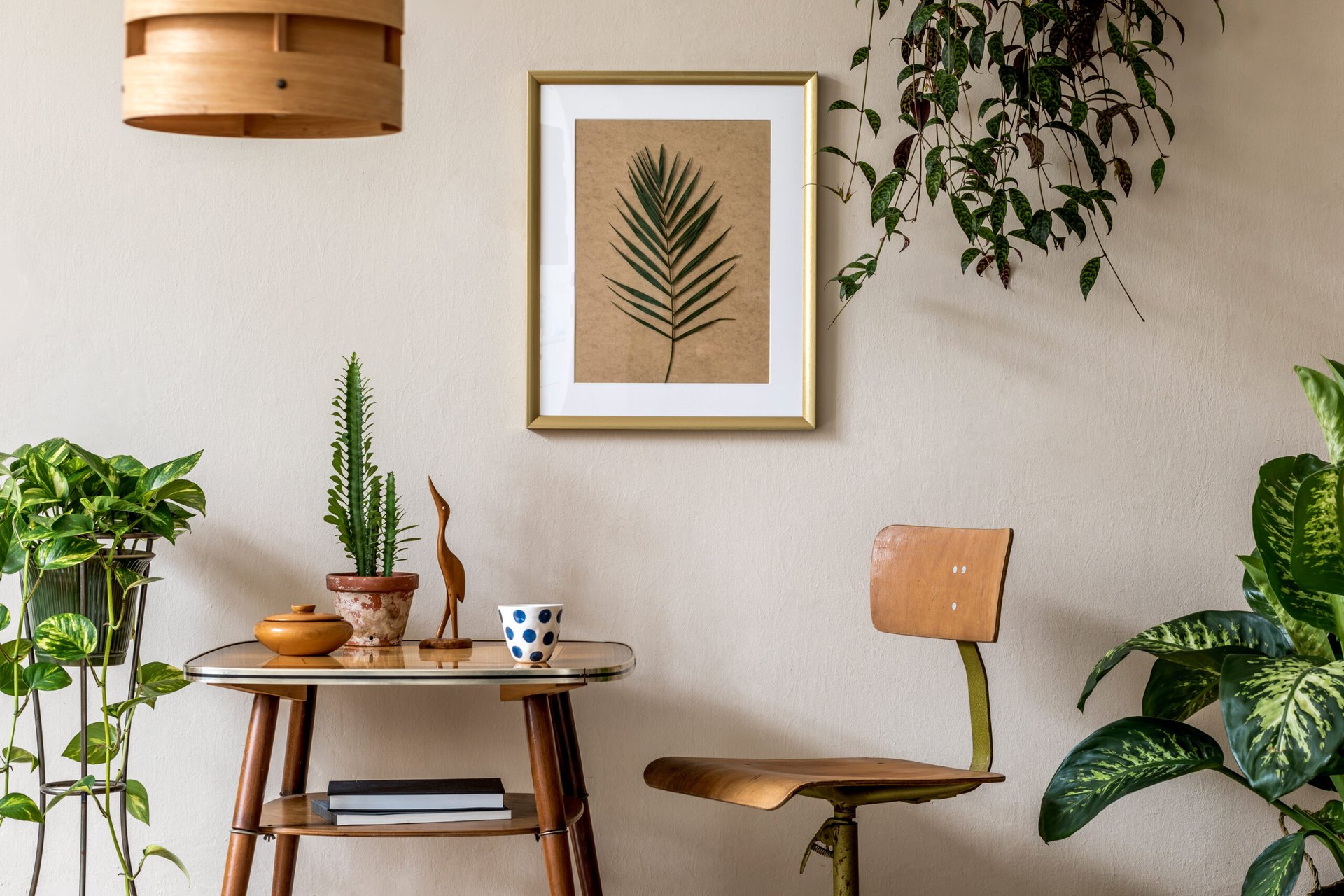How to make a thrift store for vintage Heywood-Wakefield furniture
Shopping at thrift stores, flea markets and estate sales can be overwhelming. With the sheer volume of things, how do you know where to start? How to spot the gems among all the trash?
As a professional dealer who has been combing through thrift stores for nearly 30 years, I can help. If you’re ready to cut your shopping time in half, score bigger deals, or walk away with some bragging-worthy finds you can flip for cash, read on.
From hard-to-find household items to resale revenue, anything in my “Thrift Shop Like a Pro” series is considered a BOLO (“on the prowl”) item. When you find it, buy it!
Discovery in the spotlight: Streamline Modern furniture from Heywood-Wakefield
In the 1930s, Heywood-Wakefield Co. introduced a line of affordable, high style indoor furniture dubbed “Streamline Modern”. Crafted from solid maple or northern yellow birch, the sleek new pieces have brought the Art Deco and modernist aesthetic to middle-class homes across America.
Although the company has gone through bankruptcy in the late 1970s, the brand was acquired by South Beach Furniture Co. in the early 1990s. relaunch of the Heywood-Wakefield line mid-century style furniture is back in production, and it’s more popular than ever.
For discerning buyers, vintage Heywood-Wakefield can still be found in the wild. On a recent picking trip through the Midwest, I visited an old farmhouse and spotted two Heywood-Wakefield nightstands covered in dust. I bought the pair for $60 and returned them for $400.
Why buy it?
Heywood-Wakefield’s Streamline Modern furniture is decidedly mid-century, but not in a hip or fancy way. The pieces stand the test of time as the scale is correct, the clean lines complement almost any interior design style, and the quality is top notch.
Heywood-Wakefield is one of the valuable vintage brands mentioned in my article “10 Secrets to Finding Quality Used Furniture”. After all, you can’t beat good bones, strong joints, and solid wood construction.
The resale market seems to agree. A Heywood-Wakefield birch desk from the 1950s sold for $1,400 on eBay, and a pair of several generations of end tables brought in $800. On Etsy, this swivel vanity stool 1940s is on sale for $895.
Pro Tip: Don’t pass up Heywood-Wakefield parts in poor condition. Many furniture restorers create new revenue streams by filming the restoration process and sharing videos like this on Youtube.
What to look for
Until 1949, Heywood-Wakefield used various paper labels to identify its parts. These labels generally read, “Fine Furniture by Heywood-Wakefield, established 1826, Gardner, Mass.” (The earlier 1826 date refers to the founding of Heywood Brothers, a precursor to Heywood-Wakefield Co.)
Furniture produced in 1949 or later has a logo engraved or stamped into the wood. To look for a circle surrounding the profile of an eagle. A rectangle on the eagle’s chest contains the name “Heywood-Wakefield” in capital letters.
The mark is found under tables and chairs. On bedside tables, dressers, and desks, look for the mark on the inside of the top drawers, usually on the left side panel.
Heywood-Wakefield pieces are also identifiable by the handful of finishes used. Generally light in color, the company’s standard polishes include:
- Amber: a maple red color
- Blanched: a light blond tone
- Wheat: a pale yellow
- Champagne: a pale pink or blush tone
- Platinum: a mix of blond and light gray
- Westwood: an almost transparent finish with a subtle honey color
Pro Tip: Think you’ve found a piece of Heywood-Wakefield furniture, but there’s no mark or paper tag? Take a look at the screws. From around 1940, the company almost exclusively used Phillips head screws.
Disclosure: The information you read here is always objective. However, we sometimes receive compensation when you click on links in our stories.


Comments are closed.